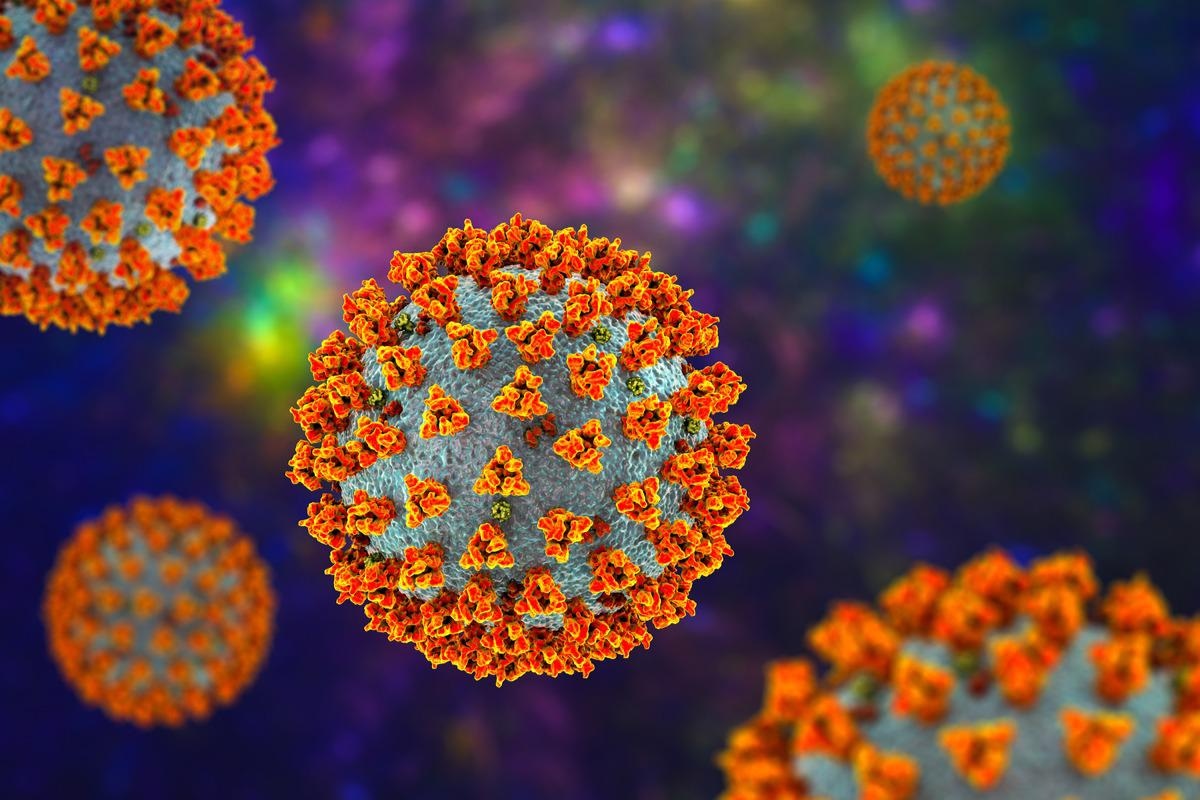In a recent study published in Diabetes, researchers assessed the direct and indirect effects of severe acute respiratory syndrome coronavirus 2 (SARS-CoV-2) on human pancreatic islets.
 Study: Indirect and Direct Effects of SARS-CoV-2 on Human Pancreatic Islets. Image Credit: Kateryna Kon/Shutterstock
Study: Indirect and Direct Effects of SARS-CoV-2 on Human Pancreatic Islets. Image Credit: Kateryna Kon/Shutterstock
The correlation between new-onset hyperglycemia diagnosis with coronavirus disease 2019 (COVID-19) infection has been widely reported. This is primarily due to the higher number of hyperglycemic incidents during COVID-19 infections as compared to those during SARS-CoV-1 or hepatitis C infections.
About the study
In the present study, researchers examined the direct and indirect effects of SARS-CoV-2 infection on human pancreatic islets in COVID-19 patients having new-onset hyperglycemia.
The team collected serum samples from 10 patients who were hospitalized due to COVID-19 and who were subsequently diagnosed with new-onset hyperglycemia. Serum samples were also obtained from 10 patients who reported COVID-19 recovery. All eligible study participants were COVID-19 positive and had no history of diabetes before hospital admission. The team also collected serum samples from healthy control individuals.
Levels of insulin, glutamic acid decarboxylase (GAD), islet antigen 2 (IA-2), and zinc transporter eight autoantibodies (ZnT8A) were estimated using a fully validated enzyme-linked immunosorbent assay (ELISA). Furthermore, human pancreatic islets were cultivated with/without interleukin-1 beta (IL-1β), IL-13, IL-6, tumor necrosis factor-alpha (TNFα), and inducible protein 10 (IP-10). The team also assessed the apoptosis and function of human pancreatic islets via ELISA 24 hours after incubation.
The human pancreatic islets were cultured and exposed to recombinant human IL-1β, recombinant human TNFα, recombinant human IL-13, recombinant human IL-6, recombinant human IP-10, or serum samples from patients infected with acute COVID-19 or from COVID-19-recovered patients.
The team also performed immunoneutralization studies along with ribonucleic acid (RNA) extraction from pancreatic islets collected from healthy donors. Gene expression analysis was also conducted, and the resulting transcripts were normalized to evaluate the relative abundance of the transcripts. The team also obtained pancreatic tissues from deceased COVID-19 patients, deceased controls, or deceased individuals with type 2 diabetes.
Furthermore, β-cell death was detected by examining unmethylated insulin deoxyribonucleic acid (DNA) derived from β-cell. Total RNA was obtained from post-mortem pancreatic tissues of COVID-19-infected hyperglycemic patients. The SARS-CoV-2 expression in these tissues was estimated by detecting SARS-CoV-2-specific RNA using real-time reverse transcription-polymerase chain reaction (rtRT-PCR).
Results
The study results showed that COVID-19-infected and COVID-19-recovered patients tested negative for anti-islet autoantibodies, despite substantial dysregulation of the glycometabolic control. Moreover, a significant reduction in the ratios of unmethylated (U) to methylated (M) INS DNA was observed in COVID-19-infected patients but not in recovered patients. However, a significant rise was found in the number of copies of U and M INS DNA in infected patients as opposed to recovered patients in comparison to the control subjects. This indicated widespread destruction of pancreatic tissue in COVID-19-infected patients.
The team also found that apoptosis of human pancreatic islets was associated with a severe reduction in insulin secretion in cohorts including patients who were infected and recovered from COVID-19. However, when human pancreatic islets were exposed to sera collected from type 2 diabetes patients, a slight reduction in insulin secretion was observed along with a higher increase in the number of human pancreatic islet deaths.
Furthermore, receptome analysis showed that human pancreatic islets expressed several cytokine receptors that bind to cytokines which were upregulated in the secretome of COVID-19-infected patients. In particular, the receptors for IL-1β, IL-6, IL-13, and TNFα were expressed by human pancreatic islets. The study also confirmed an increase in the impact of single and combined cytokines mediated by apoptosis in serum samples of COVID-19 patients. IL-1β, IL-6, IP-10, IL-13, and TNFα also induced the apoptosis of the human pancreatic islets. The team also observed a reduction in insulin secretion with each cytokine or combination of these five cytokines.
The immunoneutralization assay also showed a decline in apoptosis mediated by human pancreatic islet apoptosis in the serum samples after adding blocking or neutralizing antibodies anti-IL-1 and anti-IL-6 to the serum assay. Furthermore, simultaneous immunoneutralization of IL-1, IL-6, and IL-13 also prevented the apoptosis of the pancreatic islets, which further reversed the levels of apoptotic human pancreatic islets to that of baseline levels.
Conclusion
Overall, the study findings showed that new-onset hyperglycemia in COVID-19-infected patients may be due to the pro-inflammatory activities induced by the release of cytokines in pancreatic cells during a SARS-CoV-2 infection.